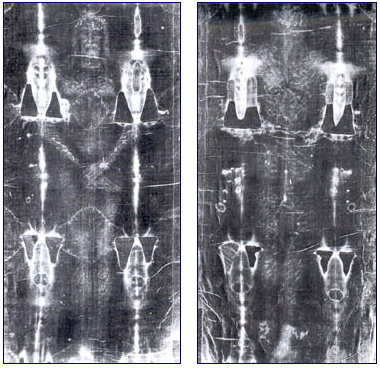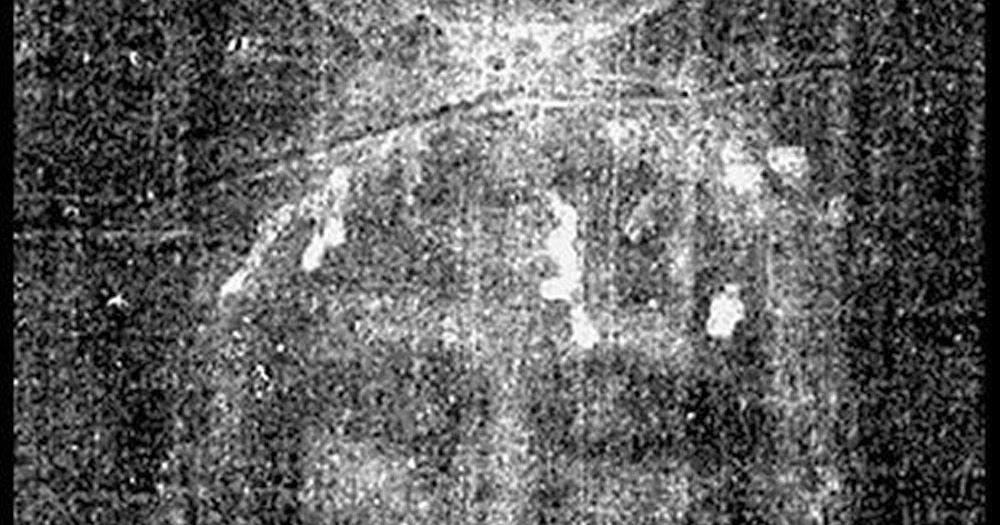

reported they had found what might have been images of coins over the eyes of the man on the Shroud. Filas had presented a paper at the 1977 Shroud conference where Jackson, et al. Francis Filas (1915-85), Professor of Theology at Loyola University of Chicago”, while looking at an enlargement of the Shroud’s face image on an Enrie 1931 sepia print, happened to notice a design over the right eye.

Tamburelli’s death in 1990 his work was continued by a University of Turin team supervised by Prof. However, Tamburelli was unable to determine whether the object over the left eye was a coin and so he interpreted it as a “wrinkled clot on the left eyelid”. Tamburelli’s own independent computer processing of three-dimensional information contained in the Shroud’s image found that there was a “circular mark on the right eyelid probably left by a coin”. Giovanni Tamburelli of the University of Turin, after seeing Jackson, et al.’s three-dimensional images from poor-quality photographs of the Shroud, commenced his own computer processing of higher quality Shroud photographs. Wilson noted that a lepton coined by Pontius Pilate (the Roman governor of Judea from AD 26 to 36) in AD 30-31, the `widow’s mite’ of the Gospels ( Mk 12:42 & Lk 21:2 KJV), was an especially close match. Leptons Historian Ian Wilson then suggested several Judean lepton(Greek lepton, Hebrew prutah) bronze coins which were about the size as the button-like images. Nevertheless, Jumper, Stevenson, and Jackson, submitted an article to the coin magazine, The Numismatist, which appeared in its July 1978 edition, proposing the theory that the three-dimensional images of objects over the eyes on the man of the Shroud of Turin might be coins. But the small Shroud photographs they were using could not be magnified sufficiently to provide that level of detail. They noted that if they were coins, it would be a way of dating the Shroud image. Since the images of the two objects were nearly circular and each about the same size, between 1-5 mm thick, with an average diameter of about 14 mm, Jackson, et al., proposed that they might be coins. This agreed with ancient Jewish burial custom where pottery fragments or coins were sometimes placed over the eyes of their deceased. concluded that the objects were what they appeared to be, two solid objects resting on top of each eyelid. Note the small, round, raised, object over each eye.]Ĭoins After considering various alternatives, Jackson, et al. Giovanni Tamburelli (1923-90) of the Centro Studi e Laboratori Telecomunicazioni ( CSELT) S.p.A., Turin, Italy. also reported that, over each eye of the man on the Shroud, there appeared to be an object resembling a small button.

Also the order in which these other marks are presented is from the most to the least obvious, not from the most to the least important.Ī `button’ over each eye In 1977, at a Shroud conference in Albuquerque New Mexico, future STURP ( Shroud of Turin Research Project) members, John Jackson, Eric Jumper, Bill Mottern and Ken Stevenson (hereafter “Jackson, et al.”), reported on their discovery, that using a VP-8 Image Analyzer, a computer which displayed shades of grey on a photograph as three-dimensional degrees of relief, that there was three-dimensional information encoded in the Shroud of Turin’s image. Introduction As previously explained, by “other marks” is meant those significant marks on the Shroud of Turin which are not wounds (see “ 2.4.


 0 kommentar(er)
0 kommentar(er)
